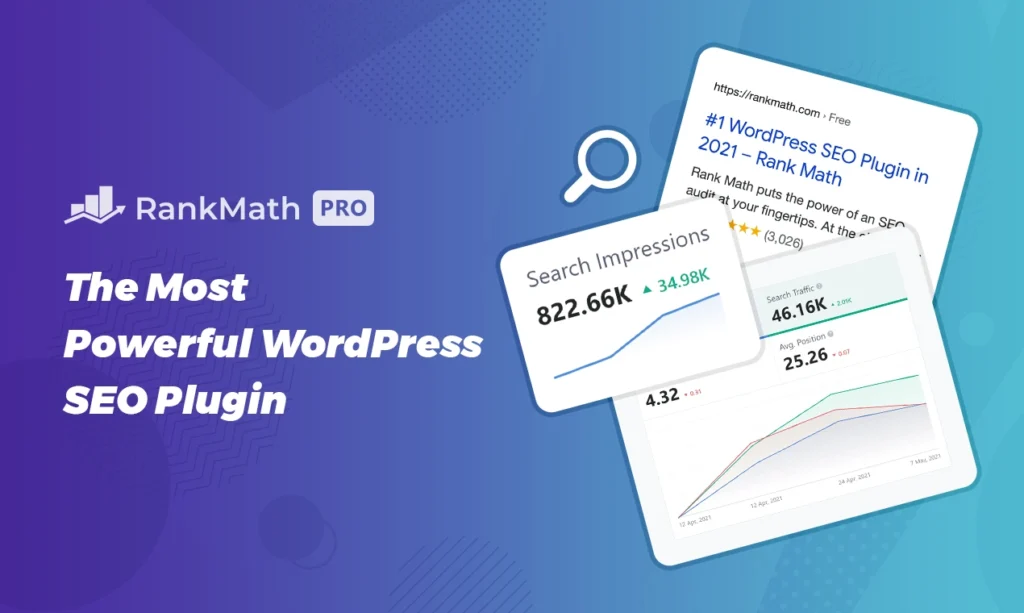Table of Contents
Author’s Reflections
Hey there, fellow website owners and SEO enthusiasts! I recently embarked on a thrilling journey to revitalize my own website’s SEO strategy, and boy, what an adventure it turned out to be! Picture this: I’m sitting at my desk, sipping on a steaming cup of coffee, browsing through various financial tech companies’ websites. As I delved deeper, I discovered that the majority of them were struggling with their SEO rankings, falling below the 80% mark.
Driven by curiosity and armed with determination, I embarked on a quest to uplift my website’s SEO performance and surpass that elusive 80% threshold. Through meticulous research, trial and error, and countless cups of coffee, I curated a comprehensive list of 21 essential steps that proved instrumental in transforming my website’s SEO standing. These steps encompassed a holistic approach, covering everything from keyword research and on-page optimization to mobile responsiveness and link-building strategies.

But here’s the kicker—I didn’t want to keep these valuable insights to myself. I knew there were countless others out there struggling to achieve SEO success. That’s why I’m thrilled to share my personal journey and the 21 steps that propelled my website’s SEO from the doldrums to soaring heights. And trust me, the results were worth every ounce of effort.
Are you ready to take your website’s SEO from lackluster to extraordinary? Let’s dive right in!
Perform an SEO Audit
Conducting an SEO audit helps you understand your website’s current performance, identify areas that need improvement, and set specific goals to enhance your SEO strategy.
Keyword Research
Keyword research is crucial for understanding the language and search queries your target audience uses. By identifying relevant keywords, you can optimize your website’s content and attract organic traffic.

Click to know more about the above product from a Chatbot
Analyze Competition
Studying your competitors’ SEO strategies allows you to gain insights into their successful tactics and refine your own approach accordingly. It helps you identify opportunities, discover untapped keywords, and develop a competitive advantage.
On-page Optimization
On-page optimization involves optimizing individual web pages to make them more relevant and appealing to search engines. It includes incorporating target keywords in meta tags, headings, URLs, and content, which helps search engines understand the page’s topic and rank it accordingly.

User-friendly URLs
User-friendly URLs are concise, descriptive, and include relevant keywords. They not only improve the user experience but also provide search engines with important contextual information about the page’s content.
High-quality Content
Creating unique, valuable, and well-structured content is fundamental for SEO. High-quality content attracts organic traffic, encourages engagement, earns backlinks, and signals to search engines that your website provides valuable information.
Mobile Optimization
With the increasing use of mobile devices, optimizing your website for mobile is essential. Mobile optimization ensures that your site is visually appealing, loads quickly, and offers a seamless user experience on all devices, positively impacting your search engine rankings.
Page Loading Speed
Page loading speed is a critical ranking factor. Optimizing your website’s loading time by compressing images, minifying code, and leveraging caching techniques improves user experience, reduces bounce rates, and helps search engines crawl and index your site more efficiently.
Responsive Design
A responsive design ensures your website adapts to different screen sizes and resolutions. It improves user experience, reduces bounce rates, and encourages longer visits, all of which positively impact your search engine rankings.
Metadata Optimization
Metadata, including meta titles and descriptions, is displayed in search engine results and influences click-through rates. Crafting compelling meta tags with relevant keywords encourages users to click on your website, increasing organic traffic.
Header Tags
Proper use of header tags (H1, H2, H3, etc.) helps structure your content and improves its readability. Search engines use header tags to understand the organization and hierarchy of your content, giving importance to the main headings.
Internal Linking
Internal linking refers to linking relevant pages within your website. It helps search engines discover and navigate your website more easily, establishes a hierarchy and relationship between pages, and distributes link equity throughout your site.
Image Optimization
Optimizing images by compressing them, adding descriptive alt tags, and using appropriate file names is important for accessibility, user experience, and search engine visibility. Well-optimized images can appear in image search results and attract additional organic traffic.
Create a Sitemap
A sitemap is a file that lists all the pages on your website, helping search engines understand its structure and index all the relevant pages. Submitting a sitemap to search engines ensures that your website’s pages are crawled and indexed effectively.
Implement Structured Data
Structured data, often in the form of schema markup, provides additional context to search engines about the content on your website. It helps search engines understand and present your content more effectively in search results, potentially increasing click-through rates.
Improve Website Navigation
A well-structured and user-friendly website navigation system makes it easier for users and search engines to find and access your content. Clear navigation menus and a logical hierarchy enhance user experience, encourage longer visits, and help search engines understand the organization of your website.
Social Media Integration
Integrating social sharing buttons and connecting your website with social media platforms allows users to easily share your content with their networks. This increases the visibility of your website, attracts more traffic, and potentially earns back-links.
Build High-Quality Back-links
Back-links from reputable and relevant websites are a strong signal of your website’s authority and relevance. Actively pursuing high-quality back-links through content promotion, guest blogging, and relationship-building can significantly boost your search engine rankings.
Monitor and Analyze
Regularly monitoring and analyzing your website’s performance using tools like Google Analytics and Search Console provides valuable insights. It helps you understand user behavior, track keyword rankings, identify issues, and make data-driven improvements to your SEO strategy.
Local SEO Optimization
If your business has a physical presence or serves specific geographic areas, optimizing your website for local SEO is crucial. This includes incorporating location-specific keywords, creating a Google My Business profile, and obtaining positive customer reviews. It helps your website appear in local search results and attracts targeted local traffic.
Stay Updated
SEO is an ever-evolving field, with search engines continuously updating their algorithms. Staying informed about the latest SEO trends, algorithm changes, and best practices ensures that you adapt your SEO strategy accordingly and maintain your website’s visibility and rankings.
Conclusion
By following these 21 steps, you can lay a strong foundation for optimizing the SEO of your website. However, it’s important to remember that SEO is an ongoing process that requires monitoring, analysis, and adaptation over time to achieve and maintain desired results.
Related Article: https://techhorizoncity.com/importance-of-seo/

